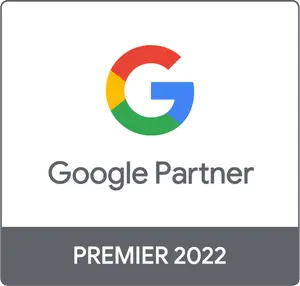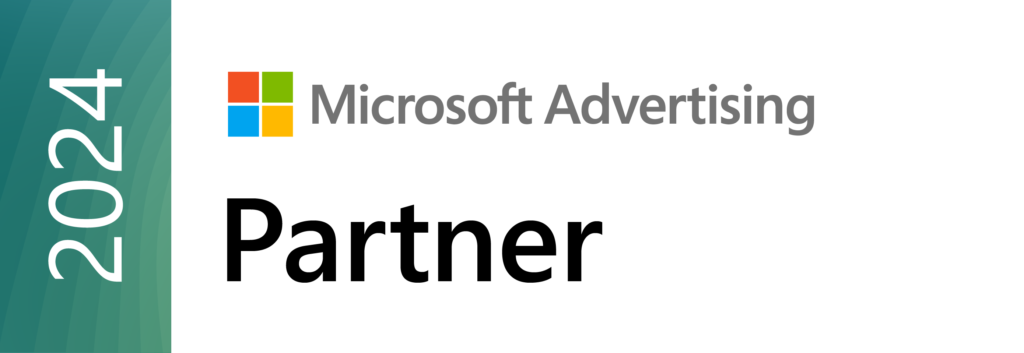Every paid media plan requires a budget. Achieving one that meets campaign objectives is a process that can be learned and, of course, improved with practice. There are many aspects to consider when determining a budget, and the experience will vary greatly from one business to another. It's important to remember that the central key to any paid media strategy is the experimentation Through this, we will implement hypotheses, collect results, analyze data, and iterate for future campaigns.
He first step It involves taking an honest and transparent look at your data.
-
How much money do you have available to invest in Paid Media?
-
What are the most profitable areas of your business in terms of your ability to increase revenue volume?
If this is your first time budgeting for Paid Media, we recommend starting with a test budget that you feel comfortable with and measuring results to see what you've achieved.
It is a good opportunity to create your dashboard data in which you can monitor the performance of your campaigns and analyze results to make the best decisions. You should not make any strategic decisions until you get reliable results, Therefore, allow your campaigns to have sufficient digital impact before doing any optimization on them.
He second step It involves being clear about your marketing objectives so you can create the most appropriate mix of channels and tactics for your business's growth. Choose/combine from the following objectives:
-
Brand Awareness
-
Increase web traffic
-
Increase lead generation
-
Increase sales to existing customers
-
Create new sales opportunities
-
Increase sales
He third step It consists of understanding that the process of establishing budgets is like a value ladder where you will gradually increase the value of your investment:
-
First, we launch a hypothesis, for example: “By investing €1,000 in a month in Google Search, I will get 300 new leads.”
-
We will launch Paid Media campaigns for testing for at least a quarter.
-
If the channel proves profitable, we will expand it with a higher budget and on an evergreen basis.
-
In parallel, we will create new hypotheses and test them on different channels.
He fourth step It consists of dividing your total budget among the different channels and tactics you're going to launch. If, for example, your monthly budget is €10,000 for the launch of a new product and you make the strategic decision to launch two Paid Media campaigns, you can:
-
Allocate €3,000 to a Google Search ad
-
Allocate €7,000 to an image-based ad [Social Media]
Next, you launch the campaigns and analyze their performance (number of clicks/impressions/leads generated) to obtain the CPC. You track the direct revenue from these campaigns and obtain the ROAS. This will be the figure you should monitor to determine whether or not to continue investing in this type of campaign.
By way of conclusion, two very important final ideas:






